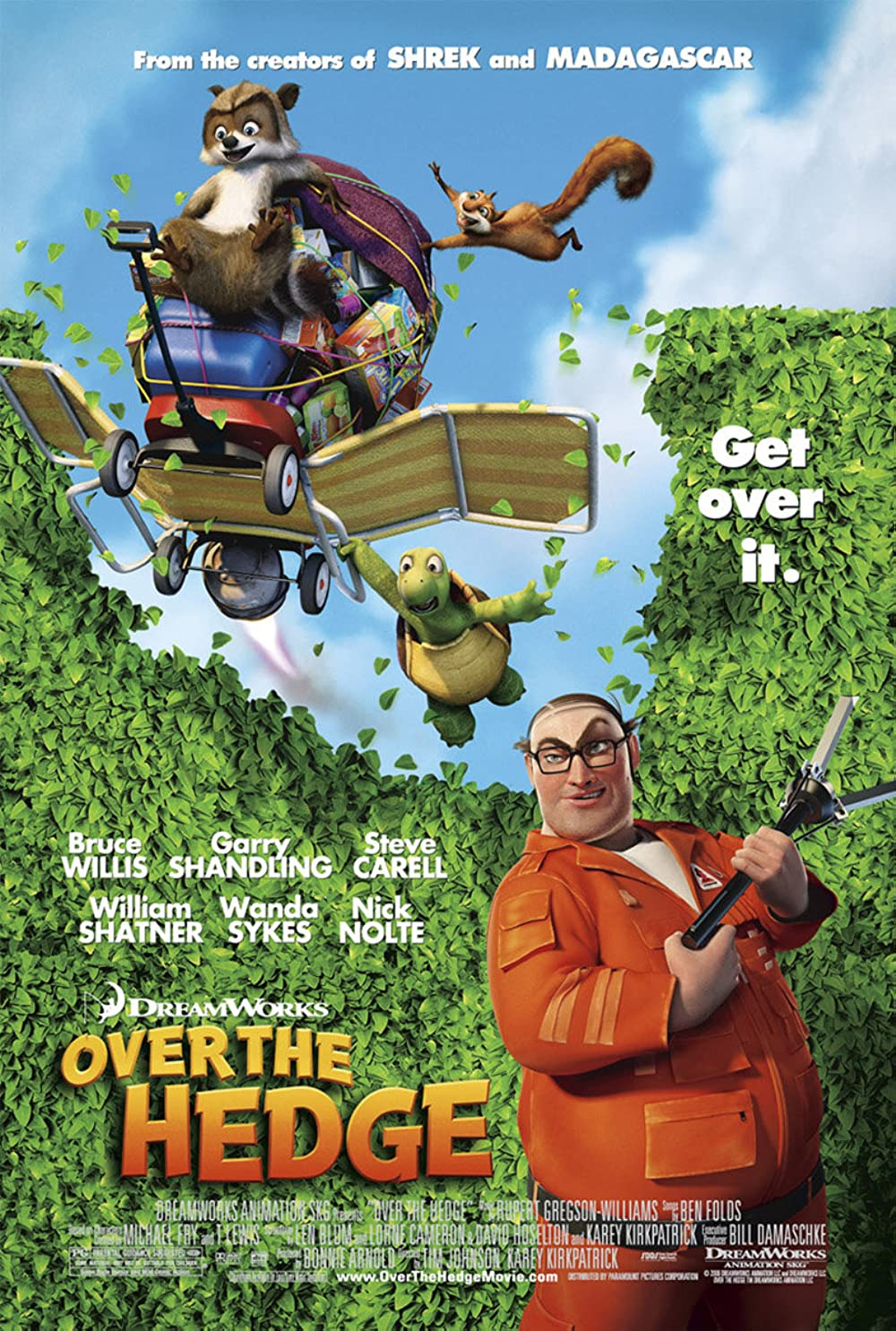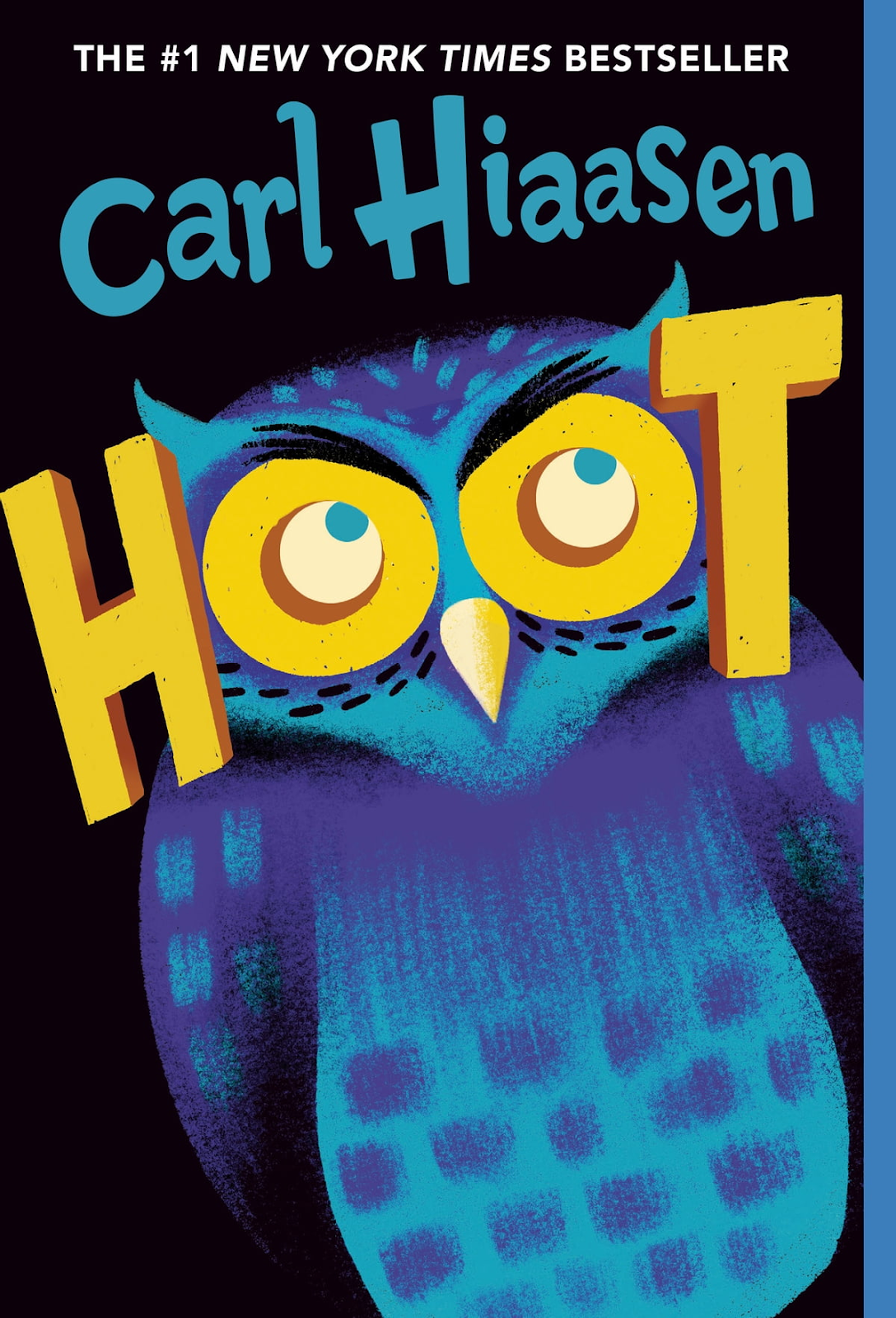Genius Hour Project
Proposal
For my genius hour project I would like to implement a genius hour type project into my classroom using Design Thinking as the framework. I will document the process on the digital curation website. I feel when students connect their leaning to their passion they get more out of it. My hope is connect students passions to the topic of sustainability. I have done projects like this in the past but more as an extra or time filler before winter or spring break. My hope is to plan out a thoughtful experience for my leaners to connect with larger topics that they are invested in while developing 21st century skills.
Background
This school year in my classroom I am attempting to connect my students learning to environmental issues. I have done this using a variety of rich learning task including novel studies, short stories, writing prompts, movies, and inquiry. My hope was to provide students with information in a way they will connect with and remember so that they can access the information later in the year. All of this was in hopes for my learners to develop their own inquiry project related to an environmental concern.
Here are some of the films and a novel I used to explore environmental issues.
I used the above to help introduce complex issues in an interesting way that will teach my students in a way that shows hope. I think hope is important when talking about environmental issues as often the future can be painted quite dark and gloomy.
Implementation
The time frame for this genius hour project was three weeks. I utilized the Design Thinking framework we learnt about in week 2.
Feel
To get their brains thinking I posted the image below for the students and had them imagine what their perfect world would be. I prefaced this discussion by asking students to look outside their world and into other peoples life. The goal is to describe a perfect world where everyone can be successful. My hope was for the learners to think deeply about the topic and move beyond superficial answers.
This generated rich discussions and it was interesting to see that, without prompting, many of the perfect world examples included connections to the environment. I then put up the slide below and asked them about what environmental issues they were aware of or heard on the news.
Students picked a variety of issues including: garbage patch in the ocean, deforestation, urban sprawl, tree planting, jobs, AI, and compost. I then asked them the question below.
Each person picked an issue then did some basic research on the topic. I then asked them to think about a solution for their issue.
Imagine
Students filled out the paper below. I then collected the papers and put students into groups based on environmental concern they picked.
The groups are:
- Deforestation
- How can AI help the environment
- Urban Sprawl
- Planting trees for food
- Garbage patch in the ocean
- Filtering water and cleaning up plastic in the ocean
Usually students will complain about groups when they do not pick them. However, this time students did not complain, they were open to working with new people because they shared common interest.
Do
The Do step in the Design Thinking for Change provides students with the opportunity to develop solutions to the problems they have identified. Each group had multiple solutions as they brought their ideas together. I asked them to workshop their idea identifying the pros and cons of their solutions and pick 2 solutions they wanted to create a model of.
The deforestation group used Tinker Cad to create a handheld seed distribution system. During the workshop phase they identified that they would be in remote areas and may not have access to electricity to power the system. So they changed the prototype to add a trigger so they will not need a battery for it to operate.
The seed distributor will be printed using the 3-D printer at the school.

Share
I originally planned this project to be completed in three weeks and I would have these great presentations to share on my blog. Unfortunately, certain aspects of the project took longer to complete and we were interrupted with parent-teacher and spring break. So the students are still working on completing the share portions of the Design Thinking for Change.
Students will be sharing their projects at the end of the month at the divisional S.T.E.A.M festival. Please check back for photos of the final projects!
Reflection of the Process
This is the first time I have used the Design Thinking for Change in the classroom. I felt that it provided students with a framework to structure their inquiry. I have done different inquiry based activities in my classroom and I felt this framework provided students with agency in their learning and made them more invested in the end result. We are still in the process of completing the share part of the process but from what I can see students are proud of what they are creating and making sure they put forward their best effort.
The group aspect allowed for all students to be included and play an active role in the process. Moving forward I would use aspect of this model in my teaching as I found it collaborative and founded in critical thinking. It was great to see then entrepreneurial mindset at work and seeing how students were inspired to make their solution not for profit but for the greater good. I would try to keep track of the time as an activity like this can end up taking quite a bit of time. I would also have students workshop their ideas outside of their group to help them develop the solution in more depth. I would also include a formal presentation rather than just an informal one.











Comments
Post a Comment